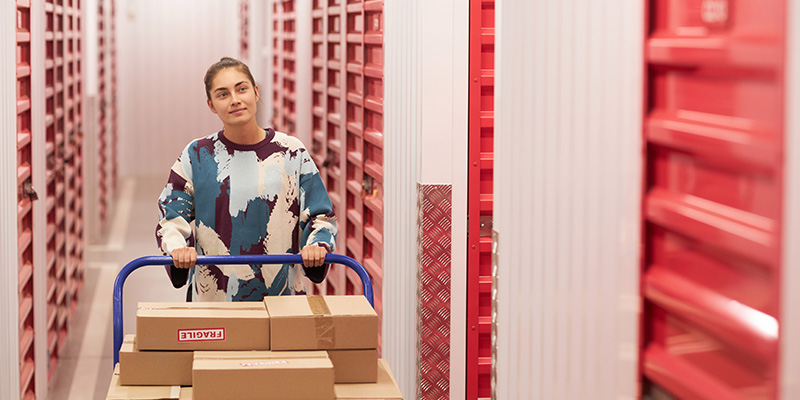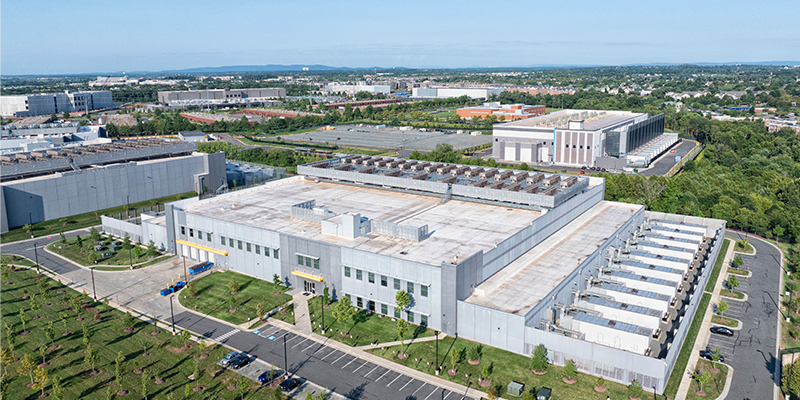The self-storage industry stepped up to the plate during recent challenging years, again proving its resilience to real estate investors. And with rising housing prices, shrinking living spaces and changing lifestyle trends, it continues to offer a lower-cost way to get extra space for keeping all other types of possessions.
A recent StorageCafe survey found that about a fifth of Americans (18%) are currently renting storage space and an additional 14% plan to do so in the future. This ongoing engagement is boosted by the widening of the industry’s customer base during recent years, with more businesses and different types of people now discovering the service’s advantages. These clients include younger renters, more vehicle owners, and greater numbers in regions experiencing growing populations.
Self-storage Users Are Getting Younger
The self-storage industry’s clients appear to be getting younger, with people aged between 24 and 39 – approximately the millennials – now accounting for a quarter of storage users, up from a fifth just a year earlier. The numbers of baby boomer and Gen X renters are slightly less, while Gen Zers and Silent Generation seniors account for around half the number.
Millennial storage is set to surge more, as almost a quarter of them not currently renting storage intend to do so in the future, with no other age groups declaring more than 19% future renters. More than any other age group, millennials – traditionally a mobile group – intend to rent storage to help them move house, rather than because they don’t have enough space at home, which is the reason most often given by other age groups.
Current Storage Trends Include Decluttering and Storing Vehicles
With working-from-home now more embedded as a lifestyle, households have tended to be more cramped. Clutter has therefore been a growing problem, resulting in 42% of survey respondents stating this as their main reason to rent a storage unit. This is a slight increase from the previous year, and it is also the reason most cited by respondents thinking of renting storage in the future.
Keeping vehicles at self-storage facilities is another trend on the rise. A combined share of 9% of renters say their primary motivation is to store cars, RVs, boats and other vehicles, a 50% increase from the year before. However, furniture is still the most stored item, as stated by 29% of renters, perhaps to relieve clutter or to clear a home for renovation – or to ease the process of moving home, which is the mainreason given by a third of survey respondents.
Shrinking Apartment Sizes Squeeze Residents’ Space
A lack of living space at home compounds problems such as clutter and strongly drives demand for self-storage. This situation also discourages residents from increasing their household size or making new purchases, which could range from hobby gear to maximize their lifestyles to business items they might require for entrepreneurial ventures.
The average size of a new apartment dropped 1.3% from 929 square feet in 2014 to 917 square feet last year, though 2023’s figure represents a slight upward tick from the 890-square-foot average of the previous year. Even more significantly, the average apartment size over the last quarter of a century fell by 6%, consistently adding smaller homes to the inventory and further fueling demand for renting extra storage space.
Women and Younger People Tend to Rent Smaller Units
The 10 feet by 10 feet locker size remains the standard unit, with the largest share of renters at 22% preferring it. The standard units are particularly appreciated by the older generations, with 29% of those aged between 56 and 74 preferring it, while young people up to an age of 40 much prefer smaller units.
Women tend more often to go for the smaller units, renting twice as many of the 5 feet by 5 feet lockers as men do. Meanwhile, at the other end of the spectrum, men rented large 10 feet by 30 feet units more than twice as often as women. The greater intentions to rent large vehicle storage spaces going forward is made up of almost three times as many men as women.
City Residents in Expanding Texas and Nevada Search Most for Storage
Online self-storage searching almost tripled year-over-year in a few U.S. cities. This interest is often strongest in places seeing vigorous in-migration, as new residents need space for their possessions while they settle down and until the housing markets catch up with increased demand. StorageCafe’s survey found that Texas’s Katy and Tomball were most storage-fervent, the former seeing no fewer than 150 searches per 1,000 residents. Both cities’ 2020-2022 population increases were double-digit percentages.
Other growing states include Nevada, which saw plenty of storage searches in Henderson and Reno; the latter’s residents clearly enjoy the city’s very generous storage provision of 14 square feet per capita, and they searched the most for car storage. Florida’s storage sector was particularly hot in Pensacola, Fort Myers and Gainesville; Pensacola saw over 50 searches per 1,000 residents, a two-and-a-half times increase since the previous year.
The continued enthusiasm for self-storage – and now among an even wider range of clients – has kept real estate investors very confident in the sector. The 42.4 million square feet of storage space they developed in 2022 was exceeded in 2023 with a total of 48.1 million square feet, adding to the national total of 1.8 billion square feet and counting.








